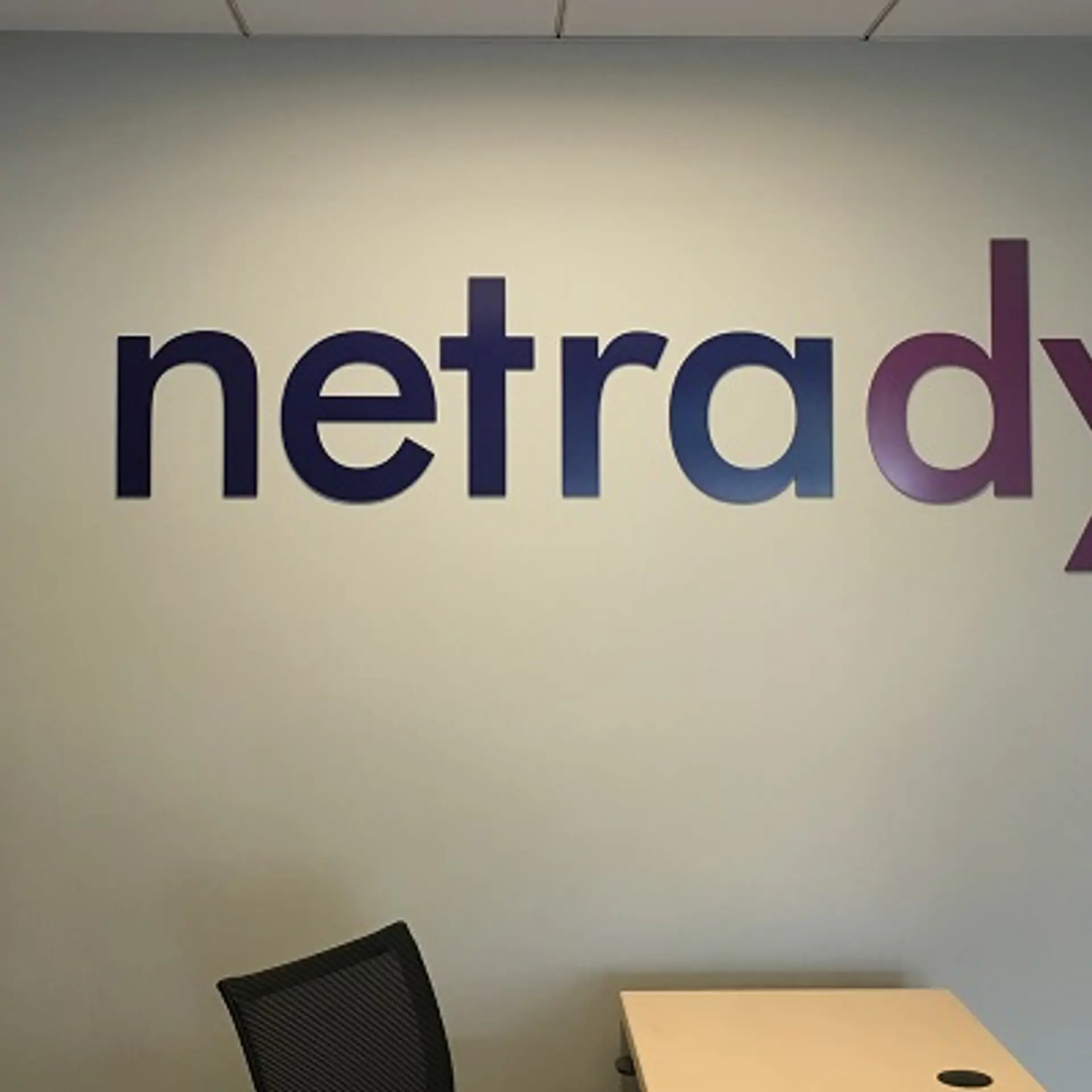How can we create a feedback-oriented culture during remote working?
With all our interactions becoming virtual, developing a feedback-oriented culture can serve as an important motivational tool to enthuse and encourage people at the workplace.
We can credit remote working for shaping our interest in a lot of ways. The things we might have given a pass earlier, are dear to us in many ways now. Today, we crave interaction. We don't miss an opportunity to connect with our friends on social media, colleagues on video conferencing, or clients while exchanging emails. Traditionally not-so-significant activities are assuming a greater position and deeper meanings.
What we considered to be a luxury in the past are becoming necessities of today. “Howdy” is a conversation starter and “stay safe” is no longer a cliche. Words, especially the positive ones have never been this impactful.
I believe peers are seriously interested to support each other and learn mutually, now more than ever. When it comes to workplaces, feedback is one such tool that keeps you motivated and moving forward during remote operations. Also, because it helps align our otherwise scattered thoughts.
Undoubtedly, leadership’s quality to take feedback must be the most significant aspect under the current circumstances. In my conversations with both business and HR leaders, it is visible that everyone is figuring out ways to streamline their remote functions. This includes using different communication tools, project management tools, and continuous feedback tools. It is an obvious move as these three are crucial to the success of remote teams.
Moreover, feedback is an opportunity for our leaders to ultimately deliver on a promise they have been making for quite some time now. An assurance to encourage and adopt a culture of effective feedback. And, I strongly believe this is the right time to focus and implement all these energies into a positive cultural change. In case you are looking for some data to back this, Bersin Academy’s survey shows 45% of the employees have “frequent two-way communication” as a top priority.
The importance of proper feedback for remote teams is huge but also challenging. Video collaboration amidst the domestic distractions can get on your nerves. Here, the need for a structured framework for effective feedback supported via a seamlessly integrable tool becomes inevitable.
Besides, the requirement is not makeshift. It is likely to persist since COVID has disrupted the way we operate. So, continuous feedback is the way to go if you want to build confidence and reduce turnover.
These are a few tips on how to tap into this opportunity and develop a feedback-oriented culture among the teams:
Keep it simple
The more complex the system, the higher will be the chances of procrastination. A difficult user interface is also just as discouraging. Focus on an easy-to-use framework. I highly suggest using simple terms such as ‘cheer’ and ‘boost’.
Apply ‘cheer’ for acknowledging role modelling, timely support, and a job well done. Or ‘boost’ a colleague for a skill they can hone further or a little effort that could have added a lot of value. Questionnaires are so passé apart from being plain time-consuming.
Keep it crisp
Hands down, perfect feedback is the one replete with two elements: Where it was seen (initiative, project, engagement) and what it impacts (a skill or a value showcased). Add a personal observation and you are good to go.
Foster giving feedback
We often hear “I am open to feedback” and seldom “I am open to giving one”. This could be probably because there’s nothing in it for the giver. A large percentage of the corporate workforce is driven by a very strong sense of achievement. So, you must cultivate the habit of giving feedback.
Make it spontaneous
The one-on-one interactions are hassle-free. But, there can be a difficulty zeroing-in on the non-verbal cues over a noisy video call. This leaves very little scope for one to go back and check with a colleague if he wants to add something. Facilitate a mechanism which reminds that this may be an opportunity for valuable and better detailed feedback. I am thinking about a meeting on my Google calendar that just got over, a ticket that I just closed on Jira, the recent project on XYX, etc. The framework should enable gathering references and record feedback scattered over various platforms.
You have heard of the benefits and got an idea of the execution. This new and exciting culture of feedback is absolutely achievable and doable. It will be interesting to see how it shapes our brave new world.
(Disclaimer: The views and opinions expressed in this article are those of the author and do not necessarily reflect the views of YourStory.)








